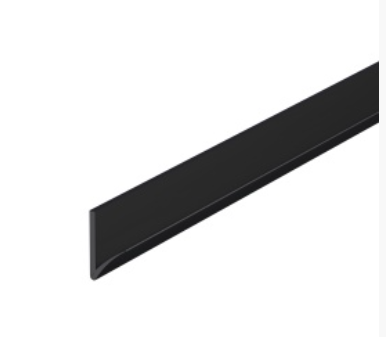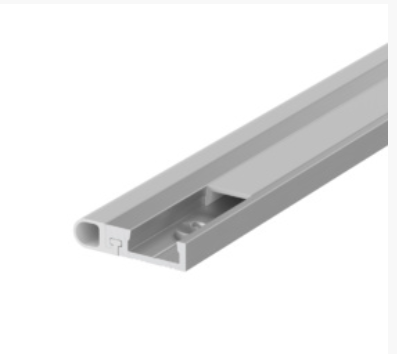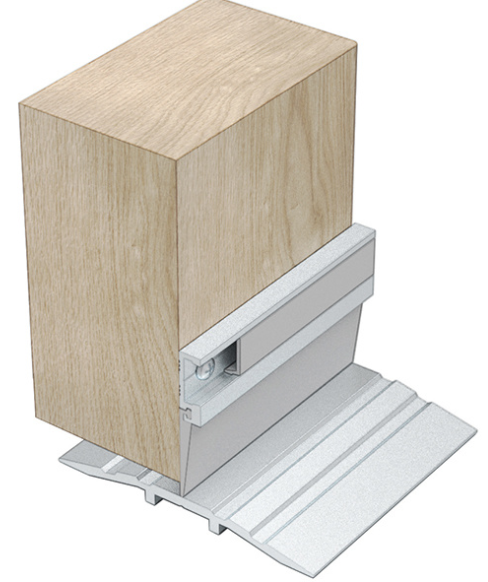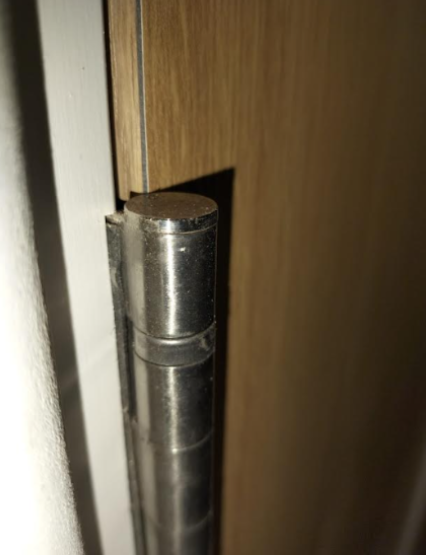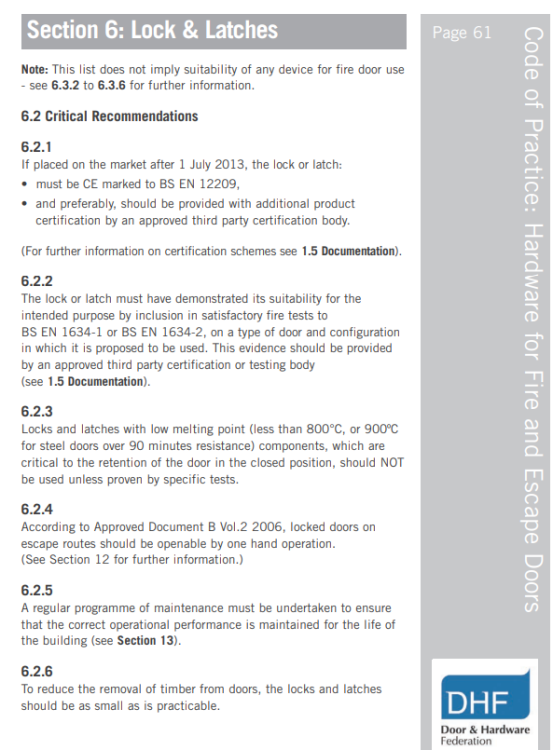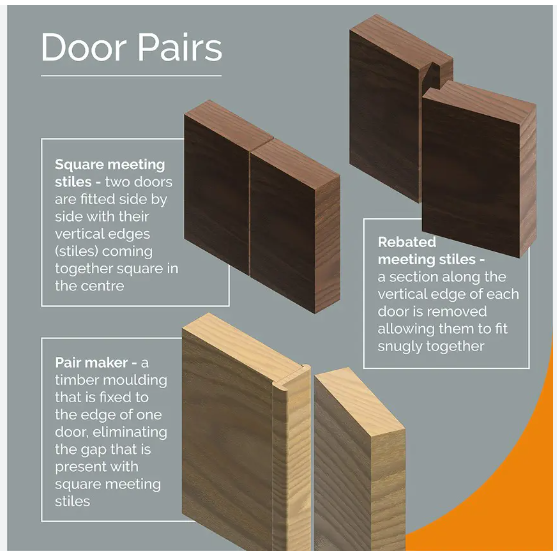-
Posts
492 -
Joined
-
Last visited
Everything posted by Neil Ashdown MAFDI
-
This usually becomes an issue because manufacturers of timber-based fire doors tend not to use night latches for burn tests and that night latches are not CE or UKCA marked. Except for new doors with multi-point latching & locking, flat entrance doors would usually be fitted with a mortice sash lock with a euro cylinder including a thumb turn for keyless egress. If you can trace the door to its manufacturer you can contact them for information about the fitting of two mortice locks. I am aware of evidence of performance for two deadlocks fitted to a timber fire door, but depends on core construction, position of lock, lock-case dimensions and the necessary fire rating of the door. Which might not be FD60? This guidance might be useful too: http://firecode.org.uk/Code_of_Practice_hardware_for_fire_and_escape_doors.pdf
-
Recent HM Gov changes to fire safety regulation has not included any change to perimeter gaps around fire door leaves. You could look for marks, labels or a plug on your door to identify the door to it's manufacturer and obtain the certification data sheet. That document would state the gap requirement for compliance with the fire resistance performance certification. eg: Furthermore, the Timber-based Fire Door Assemblies - Code of practice 2016 is a guidance document that recommends a 2mm to 4mm gap - see section 9.5.2 https://knowledge.bsigroup.com/products/timber-based-fire-door-assemblies-code-of-practice?version=standard
-

Fire Door Inspection Flat Entrance
Neil Ashdown MAFDI replied to Bankside1984's topic in Fire Doors and Accessories
Don't remove and replace the recessed intumescent strips unless they are damaged or unsuitable. The bat-wing seals if in good repair and fitted correctly should be sufficient as smoke seals. Replace them if necessary and ensure that the seal closes the gap between door frame stop and the face of the door leaf when closed. Examples of easy to fit seals below: -

Fire door regulations of pre 2000
Neil Ashdown MAFDI replied to david wood's topic in Fire Doors and Accessories
Some composite flat entrance fire doors from that period had metallic faces with timber stiles and rails and the core filled with foam. In my experience these types of doors do not carry any marks and the hinges (as apart of the door-set) or evidence of certification but they may still be fire doors. If you require confirmation of likely fire performance, you could engage a fire door inspector that has wide experience with composite fire doors. -

Flat front door threshold gap dispute
Neil Ashdown MAFDI replied to IanS's topic in Fire Doors and Accessories
BS 8214: 2016 requires that a flexible threshold seal, where fitted, seals the gap. Alternatively, the maximum gap is 3mm. -
A surface mounted door bottom seal can be used. But make sure the door doesn't stick on the floor covering and fail to self-close.
-
Assuming removal of the Aquamac seal and then moving the hinges inwards into the door frame jamb would resolve the issue. Do that, as it should not cause the door certification to be void. The reverse side of the hinge blades should not be visible. Obviously an alternative seal will be required but these are available.
-

Remedial repair 2-4mm gap
Neil Ashdown MAFDI replied to Althetaff's topic in Fire Doors and Accessories
Our usual advice would be to loosen and pack the door frame jamb to resolve the gap issue. If you prefer not to do that you could contact the distributors for FrameFit to check this product's suitability for your door. -
I am informed that there is no relevant Standard for this type of lock and that therefore CE or UKCA marking is not possible. If you can trace the fire door to its certification or its manufacturer you should be able to check what type of locks are permitted.
-

Fire door regulations of pre 2000
Neil Ashdown MAFDI replied to david wood's topic in Fire Doors and Accessories
Are the doors composite construction flat entrance doors? -
Depends where the door is located. A) Is the door inside the flat/house? B) Is it a flat entrance door? C) Is it a door from inside the house to an integral garage? Refer to Code of Practice: Hardware for Fire & Escape Doors section 3 'door closing devices'. http://firecode.org.uk/Code_of_Practice_hardware_for_fire_and_escape_doors.pdf If it's B or C it should be a 'controlled' self-closing device.
-
Make sure the hinges are correctly fitted, that the hinge blades do not protrude and therefore are not causing the door leaf to stand proud of the door frame. Reinstall as necessary. Also, are the door frame rebates sufficient to accommodate the thickness of the door leaf and not causing the door leaf to stand proud of the door frame? Remove and reinstall the planted rebate stops as necessary.
-

Can a Fire Door Inspector sign off the work?
Neil Ashdown MAFDI replied to Fiona's topic in Fire Doors and Accessories
Are you looking for Third party Certification for fire door installation work for your business OR are you looking to have a site manager trained on how fire doors should be installed, inspected and verified as compliant? You might need both, depending on your clients' requirements. -
The purpose of a smoke seal is to restrict the spread of cold smoke. The dimensions of the seal is not related to the fire rating of the door. Refer to Building Regulations Approved Document B, Appendix C 'Fire Doors' for the requirements. See Table C1 and Notes 2 There is also useful information about smoke seals at https://www.ifsa.org.uk/
-
Yes it is. If you are using softwood (redwood or whitewood) for the door frame you can use the same materials for the packers / folding-wedges. But obviously, hardwood or hardwood plywood is more resistant to compression.
-

Mag lock only fitted to a Keep Locked fire door
Neil Ashdown MAFDI replied to a topic in Fire Doors and Accessories
If the mag-lock releases when the alarm sounds then the locked cupboard door would be open? Applying the best practice guidance, the lock should be CE or UKCA marked to BS EN 12209 - the mag-lock will not comply. -

Mag lock only fitted to a Keep Locked fire door
Neil Ashdown MAFDI replied to a topic in Fire Doors and Accessories
Section 6 of the document 'Code of Practice: Hardware for Fire & Escape Doors' at http://firecode.org.uk/Code_of_Practice_hardware_for_fire_and_escape_doors.pdf states that locks must be suitably fire rated for the purpose. Critical recommendations (see below) can be found on page 61 -
2018 is very recent in terms of timber-based fire door Standards. It may well be the case that the door manufacturer's fire performance certification requires that the hinges be UKCA or CE marked to the correct fire rating and durability rating in accordance with BS EN 1935: 2002. Similarly, the same door certification may require that the lock/latch-set has intumescent protection and the security viewer too. Contact the fire door surveyor, they should be able to provide the product certification details for the door and the specification for the hinges and intumescent protection gaskets.
-

Fire Doors damaged constantly by Behaviours
Neil Ashdown MAFDI replied to Dave H's topic in Fire Doors and Accessories
Change for a metal heavy duty fire door-set. Some have reinforcing channels built into the doors and door frames. -

space between fire door frame and opening
Neil Ashdown MAFDI replied to a topic in Fire Doors and Accessories
Remove the door assembly and line the opening completely with solid timber of the same type as the door frame. Then fit the door assembly into the new subframe. Refer to BS 8214: 2016 for linear gap requirements in terms of dimensions and sealing. -
Whilst there is currently no legal requirement for fire door installers & maintainers to possess a dedicated qualification, competence is necessary. The Regulatory Reform (Fire Safety) Order 2005 requires those that provide fire safety related services to be ‘Competent Persons’. Regulation 7 of the Building Regulations covers workmanship and materials. Subsequent to the Hackitt Report there are industry led working groups looking at what competence should look like in the future and you may find the report ‘A Higher Bar’ interesting at https://www.cic.org.uk/shop/a-higher-bar-achieving-a-competence-led-built-environment It is expected that in future regulated qualifications may become either a mandatory requirement or at least a strong recommendation. However, there is currently no mandatory requirement for fire door installer & maintainer training but many clients such as housing associations, healthcare organisations and education providers now require that those that install or maintain fire doors have a qualification or certification as proof of competence to perform those works.
-

Wired Glass on Nominal Fire Doors
Neil Ashdown MAFDI replied to davey22's topic in Fire Doors and Accessories
You may find this guidance document useful in making your decision https://www.ggf.org.uk/download/20-1-guide-to-best-practice-for-fire-resistant-glazing-systems-pdf/ -
A suitable repair by a competent person is required.
-
Are the doors rebated at their meeting edges? If so, a door selector is required. If not, a repair is required.



